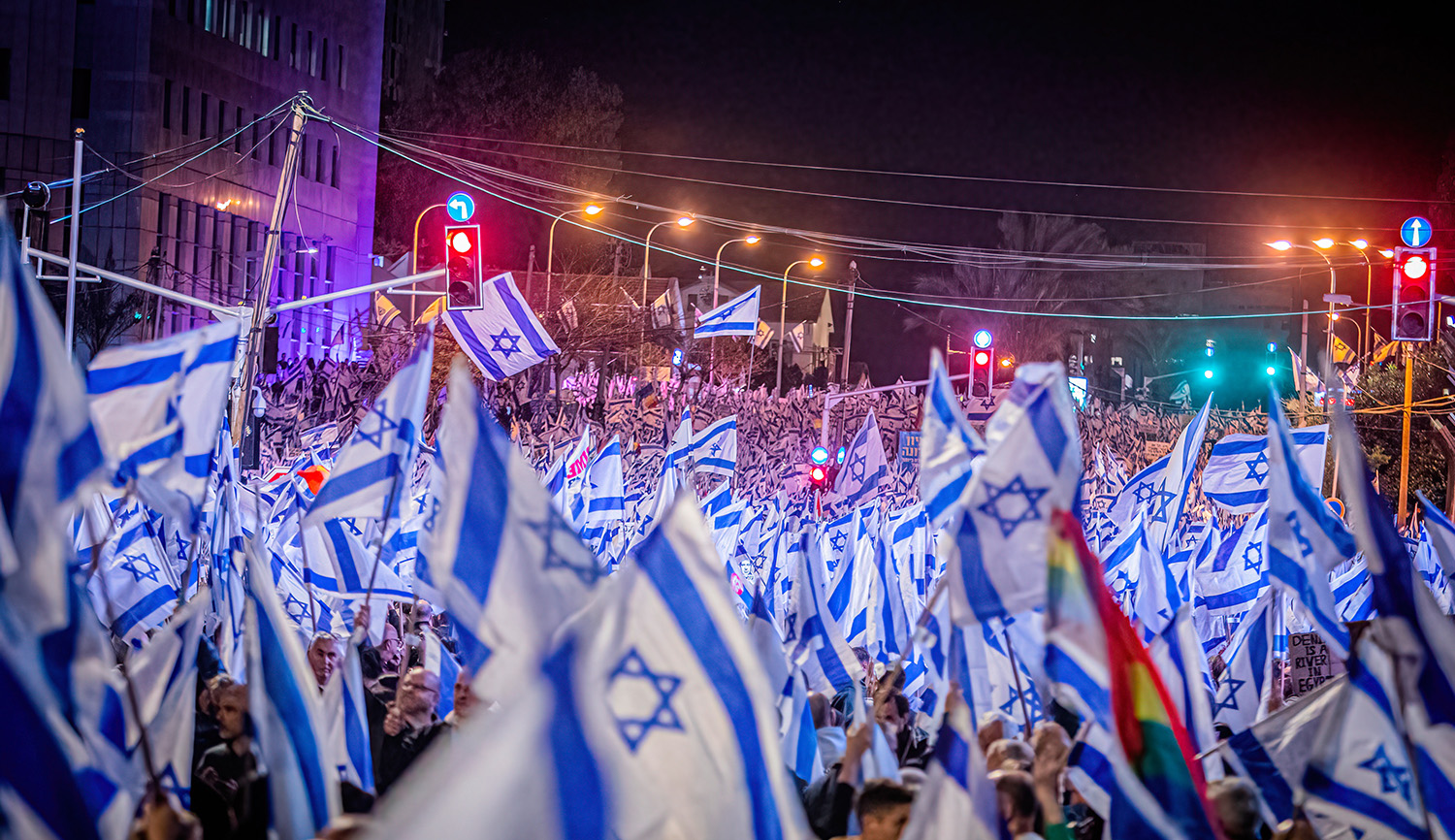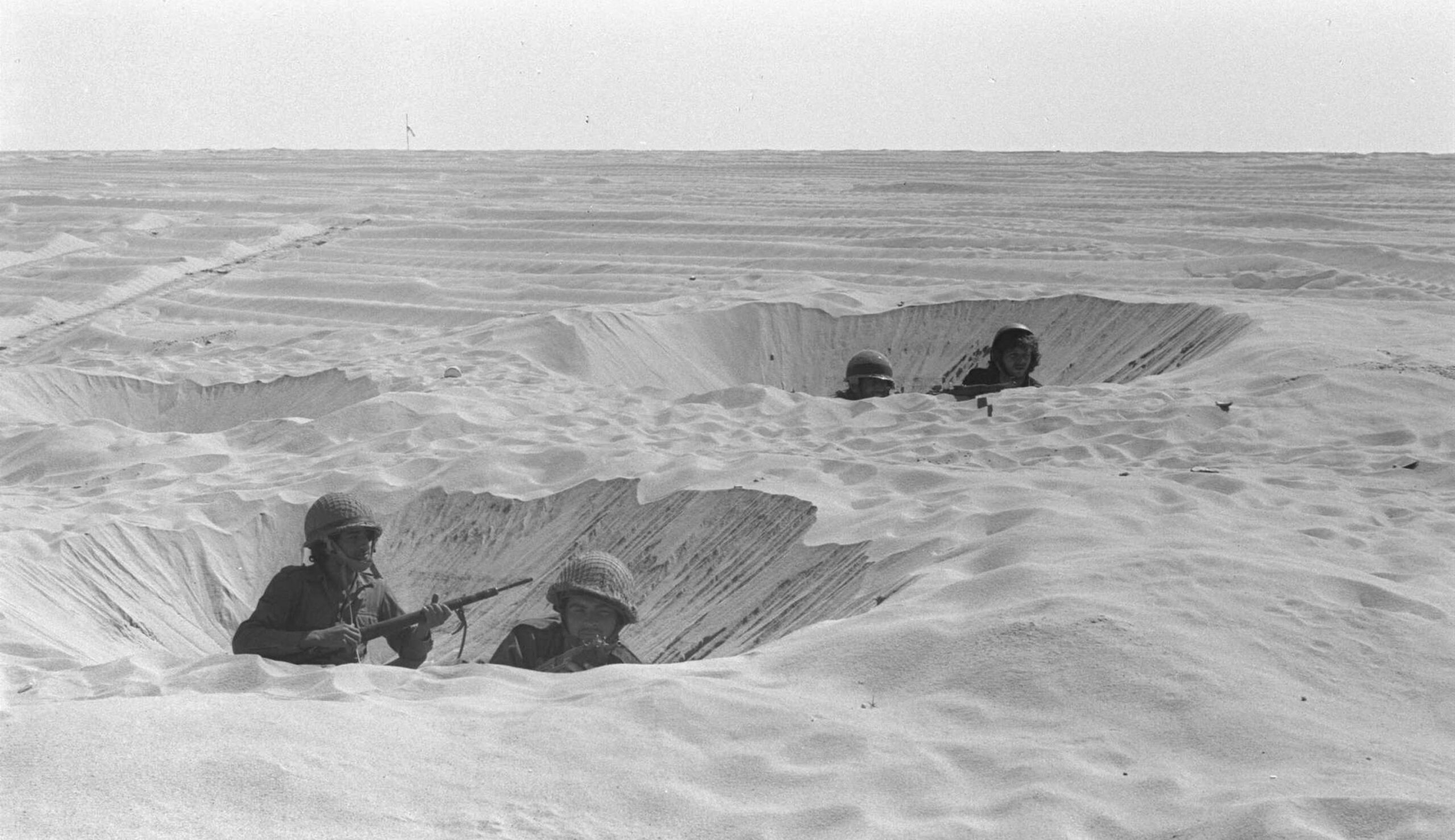In Modern Orthodox Judaism: A Documentary History, Zev Eleff for the first time has collected the source materials necessary to understand the development of a denomination that, although its adherents account for under 10 percent of affiliated American Jewry, now plays a disproportionate role in American Jewish life. Daniel Ross Goodman praises the book, while noting some serious gaps:
The history of self-consciously “modern” Orthodoxy is inseparable from the history of Yeshiva University, which is a product of the early 20th century. Eleff covers Yeshiva University’s birth, development, and evolution. . . . Of course, the book also contains several key statements from Modern Orthodoxy’s most outstanding spokesmen: the great halakhist and thinker Rabbi Joseph B. Soloveitchik, [the movement’s most prominent rabbi until his death in 1993], and Rabbi Norman Lamm, who served as the president of Yeshiva University from 1976 to 2003. . . .
Although Rabbi Lamm has been a central figure of inestimable importance to Modern Orthodoxy for nearly seven decades, graduates of Yeshiva University, and anyone even tangentially connected to the institution, are well aware of the fact that it has not been Lamm but rather Yeshiva University’s rashey yeshivah—authoritative halakhists and brilliant talmudists like Hershel Schachter, Mordechai Willig, [and others]—who have, arguably, had a more direct impact on the lives of thousands upon thousands of American Modern Orthodox Jews. It is surprising then, that a volume that features so many texts related to Yeshiva University all but completely excludes figures who can be said to have been the university’s most influential rabbis.
When it comes to Modern Orthodoxy’s present challenges, Goodman finds Eleff better attuned:
The ideology of Modern Orthodoxy, undergirded by Soloveitchik’s distinctive blend of existentialism and neo-Kantianism, is a difficult one to grasp. Most people prefer clear lines and black-and-white differentiations to living with complexity, and it doesn’t help matters that even many of those rabbinic leaders who understand Soloveitchik’s philosophy and embody its values, like Rabbi Lord Jonathan Sacks, do not identify themselves as Modern Orthodox.
This, combined with growing pressure from its right and left flanks, the prohibitive cost of Modern Orthodox life, widespread theological uncertainty, and a continuous “brain drain” in which many of the most committed American Modern Orthodox Jews leave for Israel—Modern Orthodox Jews have the highest rates of aliyah among all American Jews—means that the movement’s future will likely be as ambiguous and complicated as its complex, tension-filled philosophy.
Read more at Jewish Review of Books
More about: American Judaism, Joseph B. Soloveitchik, Modern Orthodoxy, Norman Lamm, Religion & Holidays, Yeshiva University


